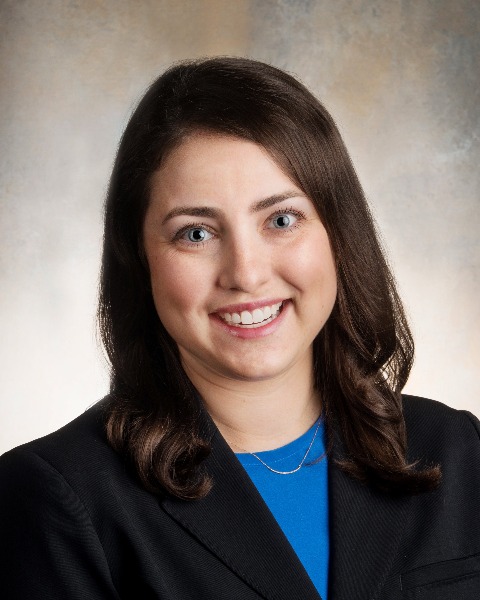Brief Oral Papers
Neuropsychiatry
Medical Complications of Catatonia and Neuroleptic Malignant Syndrome: A Systematic Review

Adriana Cantos, MD (she/her/hers)
Psychiatry Resident
Massachusetts General Hospital
Boston, Massachusetts- ND
Nicholas O. Daneshvari, MD
Psychiatry Resident
Massachusetts General Hospital
Boston, Massachusetts 
Dhara K. Shah, MD
Attending Psychiatrist, MGH, SHC
Massachusetts General Hospital
boston, Massachusetts- DP
Diana V. Punko, MD (she/her/hers)
Attending Physician
Weill Cornell Medicine/NewYork-Presbyterian Hospital
New York, New York 
Mila Grossman, MD
Attending Physician
Massachusetts General Hospital
Boston, Massachusetts
James Luccarelli, MD, DPhil
Child, Adolescent, and Adult Psychiatrist
Massachusetts General Hospital
Boston, Massachusetts
Felicia A. Smith, MD (she/her/hers)
Associate Chief of Psychiatry, MGH
MGH
Boston, Massachusetts.jpg)
Gregory L. Fricchione, MD. FACLP (he/him/his)
Professor and Associate Chief
Massachusetts General Hospital
Harvard, Massachusetts.jpg)
Scott Beach, MD, FACLP
Psychiatrist
Massachusetts General Hospital
Boston, Massachusetts
Presenting Author(s)
Co-Author(s)
Background/Significance: Catatonia is a common clinical syndrome, identified in about 10% of adult psychiatric hospital admissions (Francis, 2010). This syndrome is associated with various psychiatric disorders, though up to 50% of cases may result from medical and neurological conditions. Catatonia can be challenging to diagnose given its complex and heterogeneous presentation. If not recognized and treated appropriately, many patients can develop malignant features including fever, autonomic instability, and severe rigidity. Neuroleptic malignant syndrome (NMS) is a related condition that many consider to be on a spectrum with catatonia. Non-malignant catatonia, malignant catatonia, and NMS have each been associated with medical complications including malnutrition, dehydration, aspiration events, and clot-associated disorders, sometimes progressing to death (Gross, 2008). As the first systematic review on the topic, this study aims to improve the understanding of possible contributing factors to the development of medical complications in catatonia and NMS.
Methods: Systematic searches of Web of Science and PubMed were conducted from database inception to March 18, 2024. We searched full text articles, requiring both a term encompassing catatonia/NMS (such as "Catatoni*" OR "Neuroleptic malignant syndrome") and a term for a medical complication (such as “Rhabdomyolysis” OR “Aspiration”). The titles/abstracts were scanned for inclusion, and full text review is ongoing. Included articles contain patient-level data, report on cases of catatonia or NMS, and describe medical complications that result directly from those syndromes and do not represent a core feature of the syndrome. Cases will be separated into non-malignant catatonia vs. malignant catatonia (including NMS). Planned data extraction includes article characteristics, patient demographics, relevant medical and psychiatric history, features and etiology of catatonia, treatment strategies, and details of medical complications.
Results: In total, 997 articles were identified, after elimination of duplicates. Full-text review is nearly complete, with an estimated 200 articles likely to be included, primarily case reports and case series. Data extraction will be available for presentation at this meeting. Specifically, we hope to examine whether non-malignant catatonia is associated with different medical complications from malignant catatonia/NMS, and to characterize what is known about patients who suffer medical complications resulting from catatonia.
Conclusion/implications: Catatonia and NMS are associated with a broad range of medical complications, necessitating prompt treatment. As this is the first systematic review of the medical complications of these syndromes, these findings could provide insight on complications and factors associated with the development of these medical conditions, leading to improved identification of early warning signs and common presentations of medical complications of patients with catatonia. These findings may better inform guidelines for preventative measures and potentially reduce morbidity and mortality associated with catatonia and NMS.

